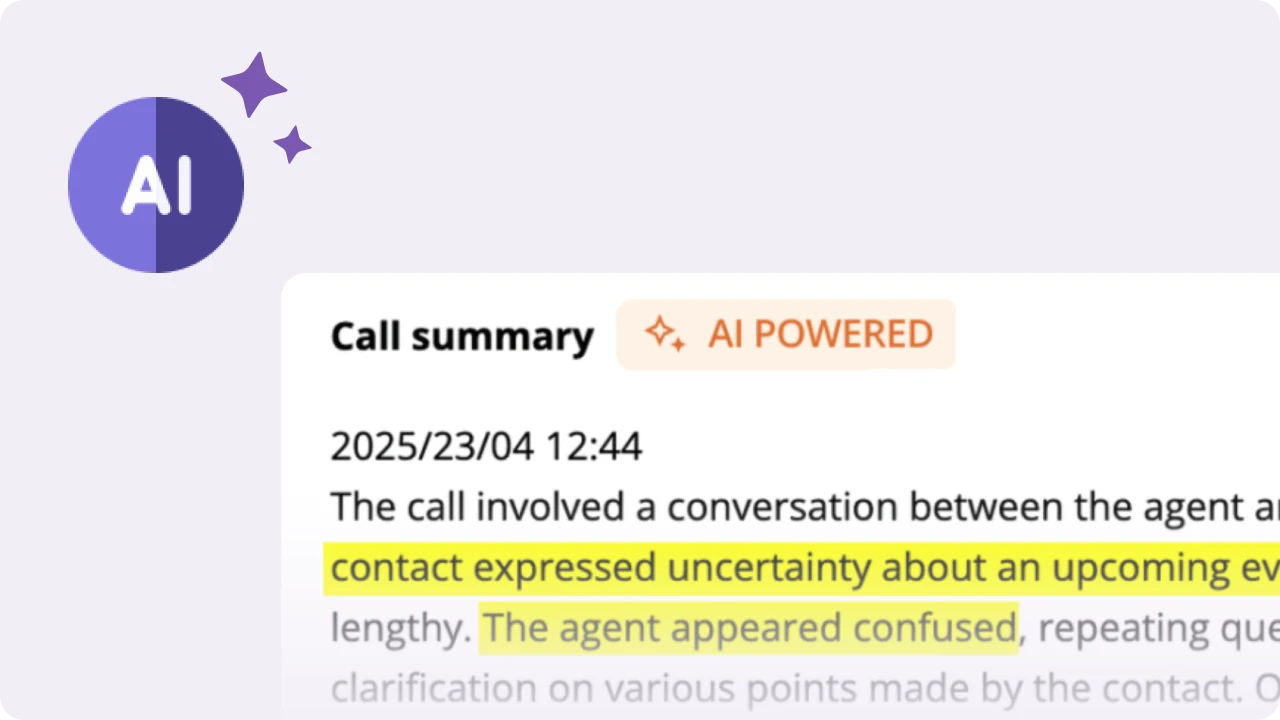The art of emotional communication 💙
Emotions drive action.
– A funny meme can translate to a follow on social media.
– A touching story can lead to a GoFundMe donation.
– A trustworthy voice can convince people to read an email to the end.
Chances are, if you are reaching out to a group of people, be it through text, emails, or calls, you expect something from them. That is not a bad thing. It’s okay for certain relationships to be transactional in nature.
With that being said, how can the emotions that arise from interactions with you or your organization be channeled towards a good cause?
While you can’t be responsible for the emotions people feel from these interactions, you can control your messaging (and refine it).
Let’s look at a few ways emotional messaging is done:
Anger
Anger is probably the most powerful emotional motivator.
Why?
Immediacy. Anger is often a response to a threat to someone’s physical or emotional wellbeing. In order to resolve anger, people tend to take immediate action.
It is also a tricky thing to use. If you wander into the moral quandary of directing someone’s anger towards real people, you need to have good justification.
Take politics for example.
According to a University of Michigan study, anger significantly motivates citizens to vote.
“Anger leads citizens to harness existing skills and resources in a given election. Therefore, the process by which emotions are produced in each campaign can powerfully alter electoral outcomes.”
Establishing in-groups and out-groups (and directing anger towards the out-group) has always had its place in messaging. Political parties are just one example of that.
Empathy
Empathy is the chameleon of emotions. You don’t induce it. You ask people to share in yours.
This, along with trust, may be the hardest emotions to get from an audience. You can use any blunt instrument to get anger. Empathy requires more careful messaging (as well as an important and relevant message).
To put it simply, in order to get someone to share your emotions, you need to provide something worth sharing.
Understanding who you’re talking to is the first step.
For example, if a fundraising campaign is talking to long term supporters, they could say something like this:
“Hey folks. We appreciate everyone who has donated to the campaign so far. Unfortunately, we’re still 5k short of where we expected to be this quarter. It pains us to ask for more, but we would appreciate any help that you can give, including spreading the word to people you know.”
Trust
Trust is an interesting emotion. In many cases, it can only be established in the long term. Much the opposite of anger.
In order to build trust with an audience, you show them over a period of time why you’re worth trusting.
For a nonprofit, that could take the form of impact reports.
In the political sphere, it could be communicating the actions a candidate takes to fulfil their campaign promises.
Those are long term tactics. That’s not to say that trust is impossible to build in the short term.
Consider:
- Testimonials of beneficiaries
- Volunteer experiences
- Case studies
Joy
Like anger, this is easy to get. As easy as telling a joke, or sharing a funny picture.
Unlike anger, it’s much more difficult to convert joy and laughter into action.
Be funny if you want to build rapport with your audience, and want to stay relevant.
In fact, depending on your cause, joy can be the objective of the majority of your messaging. Make people feel good about talking to you.
Speaking of joyous messaging, give our Twitter handle a follow.
See you next time,
Mukundan

